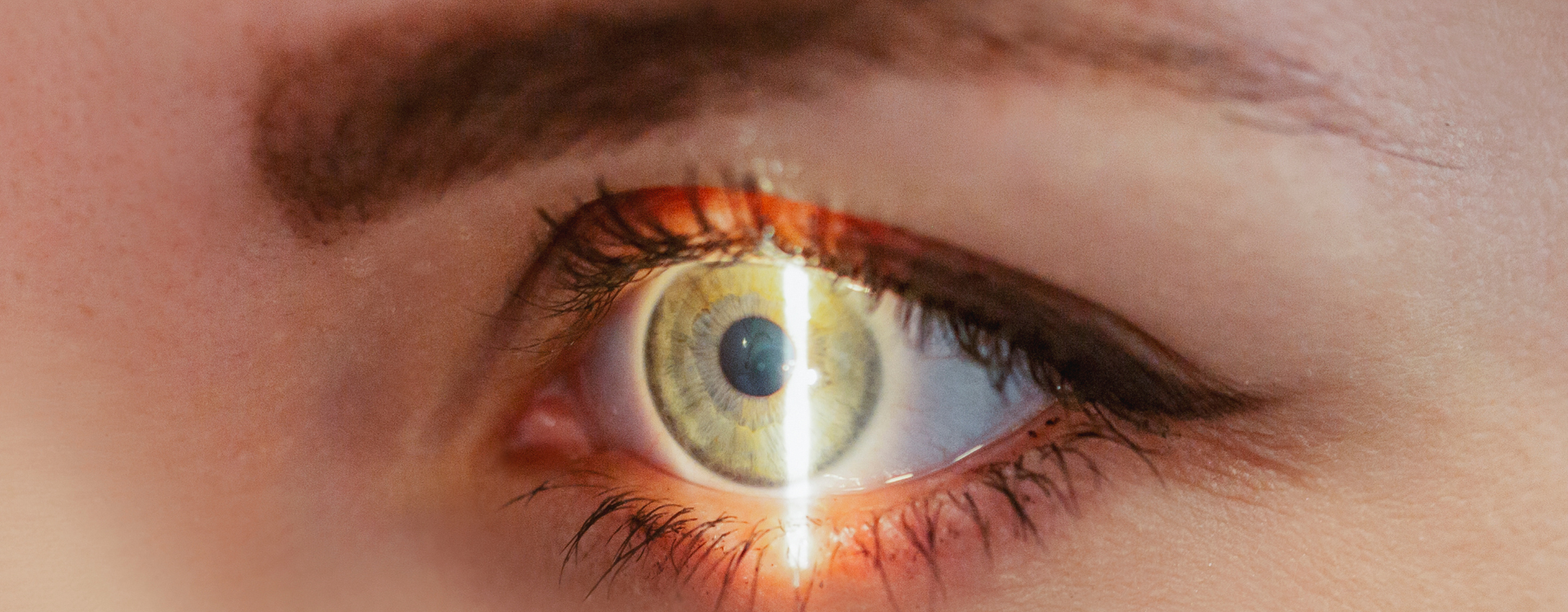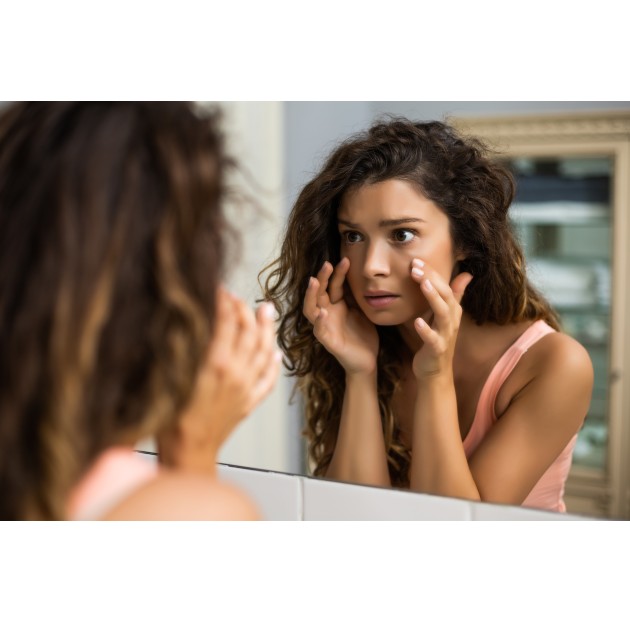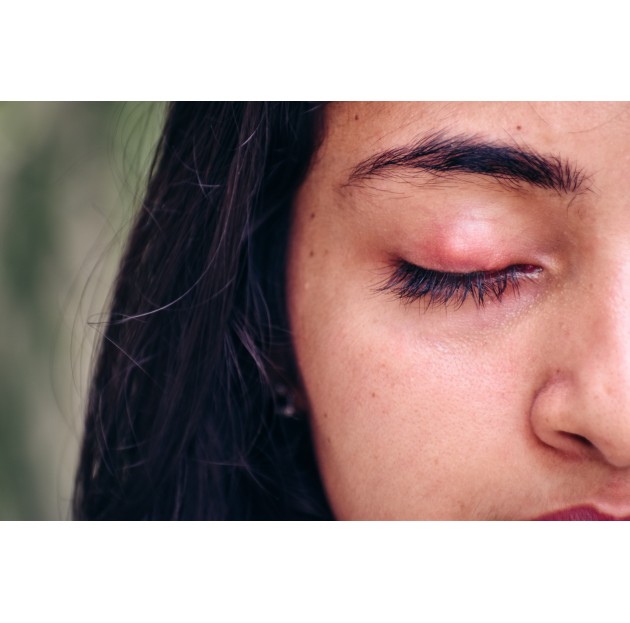
Vision disorders: everything you need to know.
Ophthalmology is a medical specialty dedicated to the study of the eye, vision disorders, and ocular pathologies. Understanding these various issues is essential for preserving visual health.
Here is an overview of the main vision disorders and eye diseases.
Myopia: Difficulty Seeing Distant Objects
Myopia is characterized by an eye that is too convergent or too long, causing the image to form in front of the retina, making distant vision blurry. Myopia affects about 15 to 20% of the population in Western countries and seems to be increasing globally, particularly in Asia. Myopia correction is achieved with concave lenses or through surgical interventions like LASIK. The rapid progression of myopia among young people is often linked to increased indoor time and excessive screen use.
Hyperopia: Difficulty Seeing Close Objects
Hyperopia is an eye that is not convergent enough or too short, with an image forming behind the retina. This defect mainly affects near vision, making activities such as reading or using a phone difficult. Hyperopia is less bothersome for distance vision. Correction is done with convex lenses or through appropriate surgical interventions. Early detection of hyperopia is crucial, especially in children, to prevent complications such as strabismus or amblyopia.
Astigmatism
Astigmatism results from an irregular shape of the cornea, causing image distortion. This leads to the focusing of light images in two different points of the eye, causing blurred vision at all distances. For example, a round dot may appear as a line to someone with astigmatism. Astigmatism correction is achieved with toric lenses or specialized contact lenses. People with astigmatism may also benefit from certain surgical interventions.
Presbyopia: Difficulty Seeing Close Objects
Presbyopia is a natural aging process of the lens, which loses its elasticity, affecting near vision. This issue typically begins to manifest around the age of 40. Correction for presbyopia is achieved with convex lenses, often integrated into bifocal or progressive lenses. Surgical solutions for presbyopia include the implantation of multifocal lenses. It is important to note that presbyopia continues to progress with age, requiring regular adjustments to the correction.
Ocular Pathologies
Glaucoma
Glaucoma is an optic neuropathy caused by high eye pressure, damaging the optic nerve. This can lead to a progressive loss of peripheral vision if left untreated. Glaucoma is often asymptomatic in its early stages, making regular screenings after age 40 essential. Treatments for glaucoma include hypotensive eye drops, laser treatments, and surgical interventions. Regular monitoring and intraocular pressure checks are crucial to managing this pathology and preventing blindness.
Age-Related Macular Degeneration (AMD)
Age-Related Macular Degeneration (AMD) is a premature aging of the macula, leading to a loss of central vision. Tobacco smoke is a major risk factor for this disease. There are two types of AMD: dry AMD and wet AMD. Dry AMD progresses slowly and is characterized by the gradual disappearance of the pigment epithelial cells of the retina. Currently, there is no effective treatment for this form, although nutritional supplements can slow its progression. Wet AMD is less common but more severe, caused by the formation of neovascularization under the retina. Anti-VEGF injections are used to treat this form by slowing the disease's progression. Early detection is crucial for effective management of AMD.
Diabetic Retinopathy
Diabetic retinopathy is due to retinal vascular disorders in diabetic patients. It can lead to blindness if left untreated. About 40% of diabetics are affected by this pathology, representing approximately one million people in France. The early stages of diabetic retinopathy are characterized by vascular occlusions and dilations in the retina. At more advanced stages, neovascularization occurs, worsening the condition. Regular follow-ups with an ophthalmologist and strict diabetes management are essential to prevent its progression. Treatments include laser therapy, intravitreal injections, and sometimes surgery.
Other Vision Disorders
Color Blindness: Difficulty Seeing Colors
Color blindness is a defect in color vision, often hereditary, primarily affecting men. It is characterized by difficulty distinguishing certain colors, especially red and green. Although there is no cure, aids such as special glasses can improve color perception.
Cataract
A cataract is the clouding of the lens, resulting in blurry and dull vision. It is common in elderly people and develops gradually. Cataract treatment is surgical, involving the replacement of the cloudy lens with an artificial one. This procedure is common and generally very effective, restoring clear vision to patients.
Amblyopia (Lazy Eye)
Amblyopia is a reduction in visual acuity of one eye, often due to an uncorrected visual defect in childhood. If not treated early, it can become permanent. Treatment includes wearing glasses, visual exercises, and sometimes wearing an eye patch on the healthy eye to strengthen the lazy eye.
Strabismus
Strabismus is a misalignment of the eyes, causing double vision or a lazy eye if not treated. It can be present from birth or develop later. Treatment may include glasses, visual exercises, or surgery to realign the eyes.
Dry Eye
Dry eye is caused by insufficient tear production or excessive tear evaporation, resulting in a burning sensation and discomfort. It can be caused by environmental factors, medications, or systemic diseases. Treatments include artificial tears, lubricating gels, and sometimes procedures to block the tear ducts to retain natural tears longer.
Keratoconus
Keratoconus is a progressive deformation of the cornea, resulting in blurred and distorted vision. It often begins in adolescence and can worsen over time. Rigid lenses and, in severe cases, corneal grafting are possible treatments. Newer techniques, such as corneal cross-linking, can also help stabilize the condition.
Blurred and Double Vision
Blurred or double vision can be a sign of various eye disorders requiring medical consultation for a precise diagnosis. These symptoms can be caused by refractive problems, ocular pathologies, or systemic diseases.
Learning more about the symptoms and treatments of vision disorders is essential for taking care of your eyes. Regularly consult an ophthalmologist for early detection and appropriate care, and feel free to explore our other more specific articles.










Leave a comment